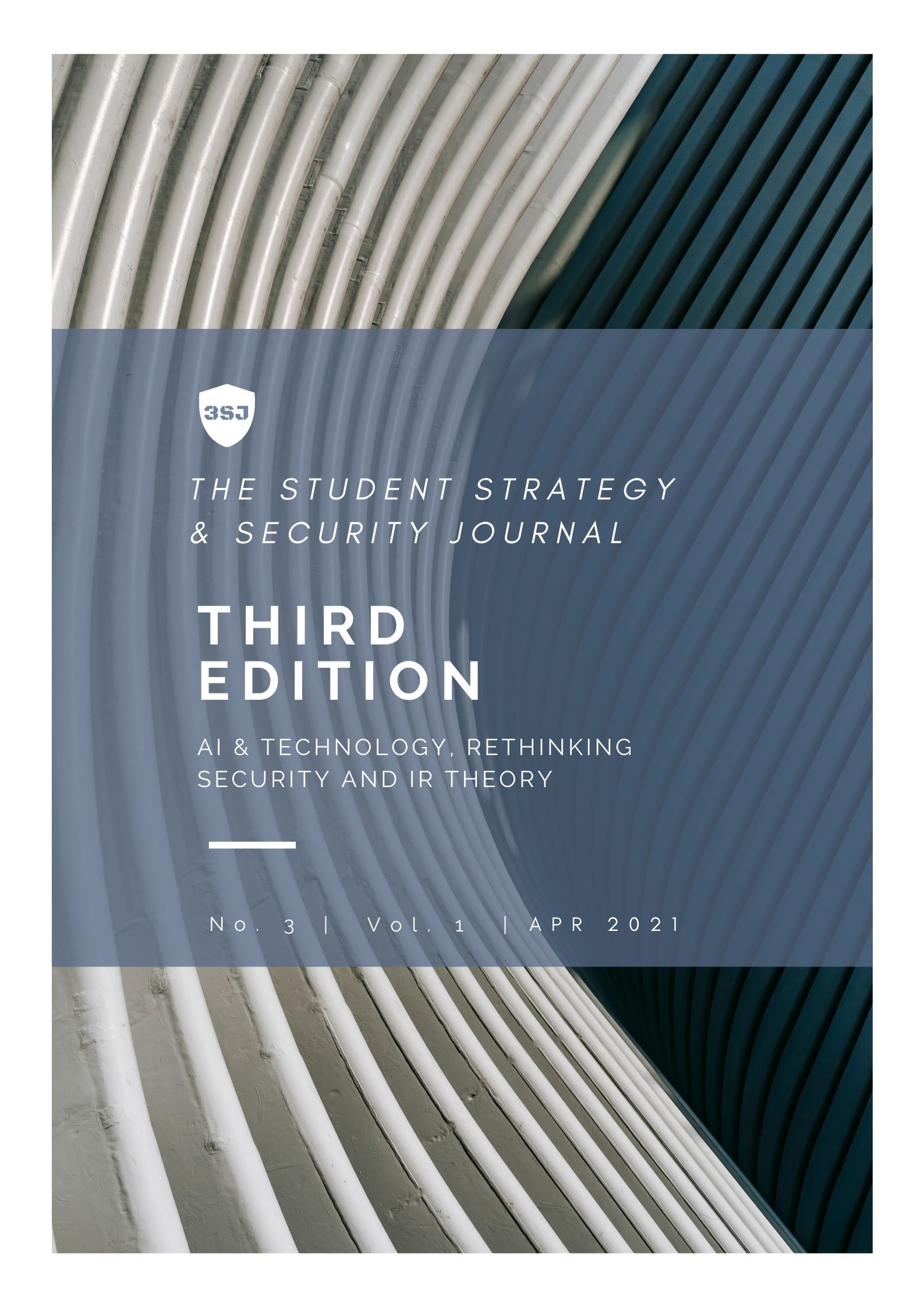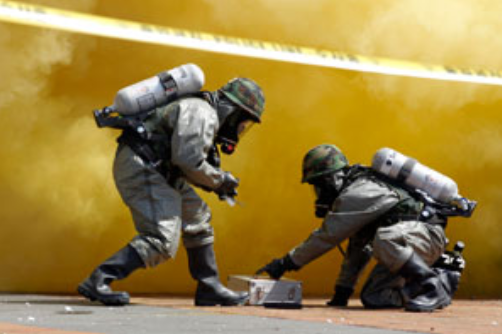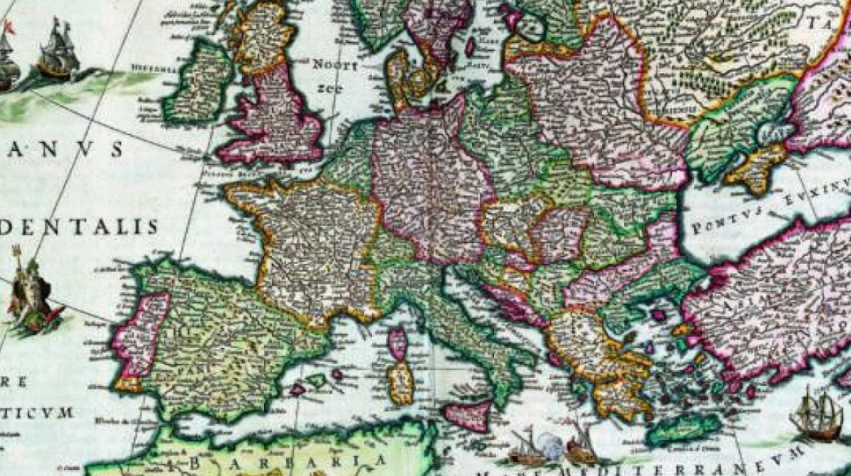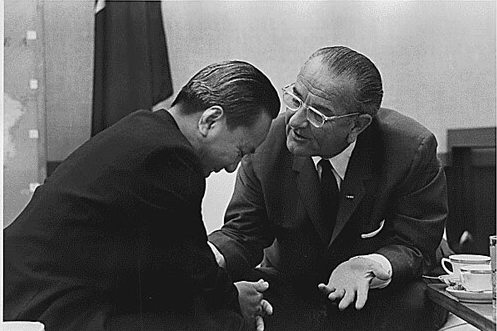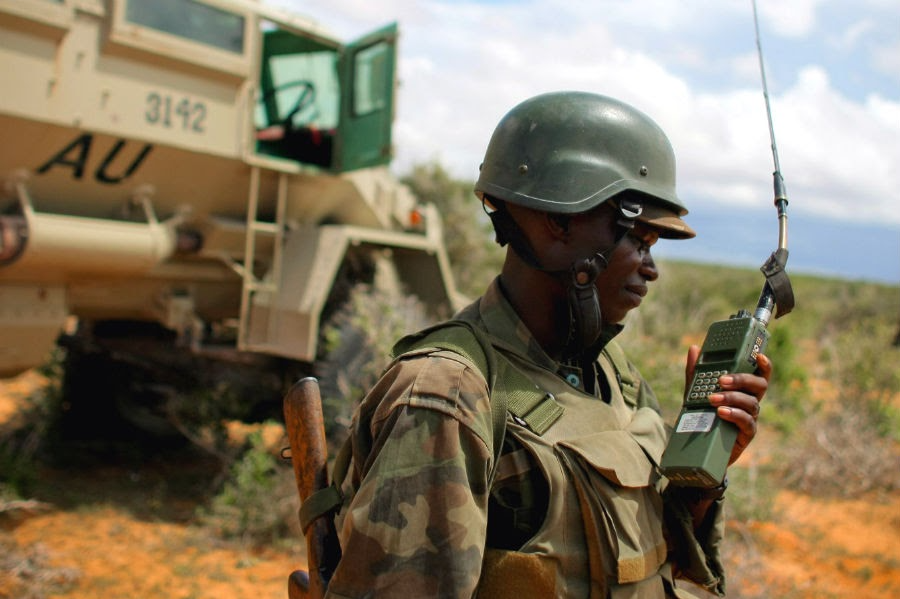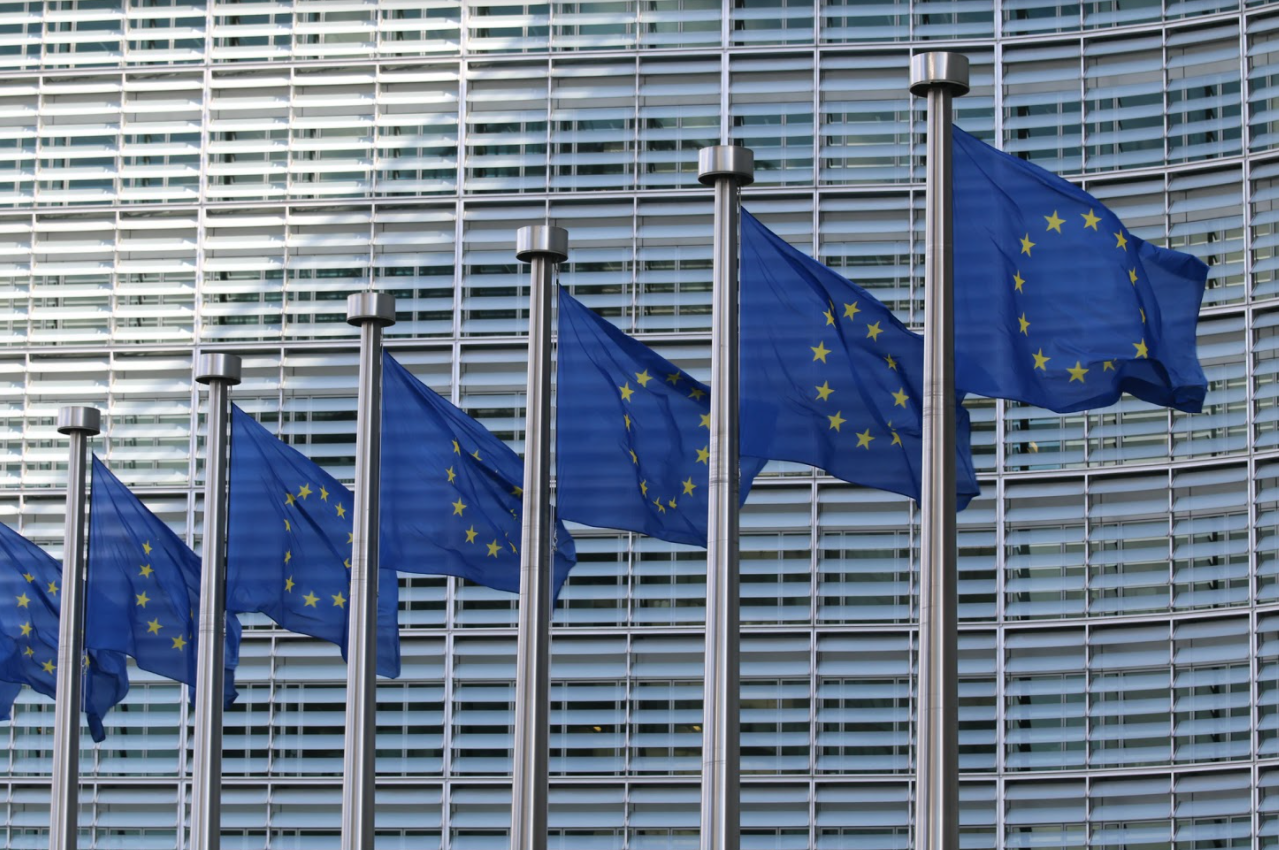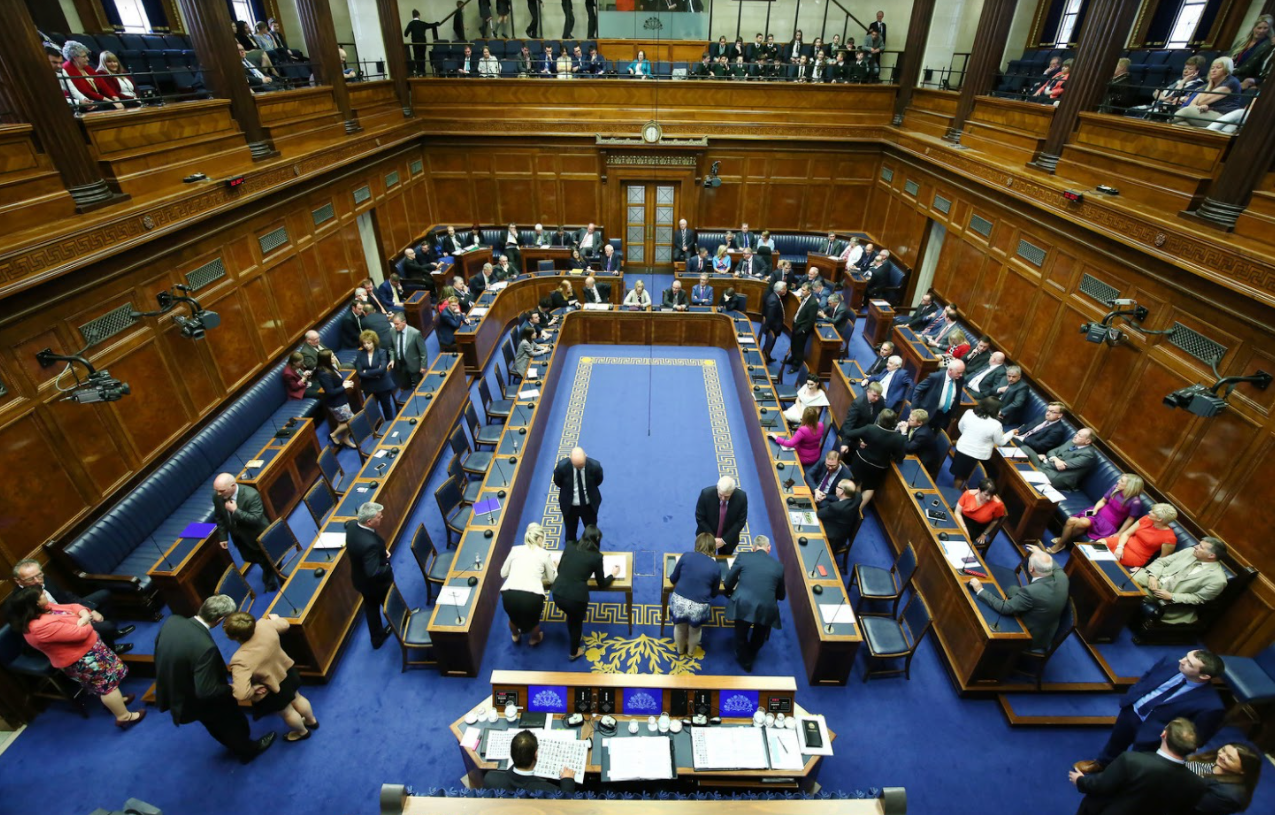THIRD EDITION
April 2021
Third Edition
This third edition explores security, technology, philosophy and history with special focus on critical approaches, unconventional analyses and marginalised voices. From the court rooms of Hungary to the computer of drone operators, this edition unpacks issues of acute relevance to strategy and security. It engages with the role of technology in intelligence practices, dissects principles of nationality and strategy, explores humanised and gendered approaches to security, applies analyses of ethics and philosophy and interrogates traditional ontological theories of IR.
Nicolo miotto
Despite criticism, the option of AI has revolutionised intelligence practices
Artificial Intelligence (AI) has been applied in different fields, ranging from healthcare to the defence industry. Although its application has brought about several advantages, ethical issues may have arisen from the use of the technology in policing and law enforcement. On one hand, supporters consider AI as key for the next technological revolution, on the other hand, skeptics view it as a dangerous tool that could endanger human rights’ protection. As of now, intelligence agencies consider AI as an innovative tool to improve intelligence practices. Therefore, they are applying AI to reduce the impact of the cognitive constraints affecting the intelligence cycle and improve big data analysis. However, academics and policymakers believe that the adoption of AI is negatively affecting intelligence practices, leading to major legal and ethical issues. This article states that the adoption of AI has revolutionised intelligence practices. To support such a statement, both theoretical analysis and case studies will be provided, addressing the topics of cognitive constraints to the intelligence cycle and big data analysis.
Chiara Artico
How could ML/AI transform the dimension of weapons of mass destruction in the security environment?
The introduction of artificial intelligence (AI)-based systems in warfare has raised several concerns over the last decades, such as the many issues related to the potential deployment of increasingly autonomous weapons systems. The debate becomes even more intense when analysing what the potential uses of AI could be on weapons of mass destruction, although it is mainly considered only as nuclear arms in the literature. This article will first introduce some of the potential assets and evaluate the challenges of AI applications in warfare. Then, it will proceed to an assessment of its uses in relation to chemical, biological, radiological and nuclear (CBRN) weapons. In particular, analysed applications will include the use of artificial intelligence for nuclear early-warning and command-and-control systems, and the contribution of machine learning algorithms to the detection and classification of dual-use goods in non-proliferation. Furthermore, it will assess the potential for employment of artificial intelligence in augmenting CBRN delivery systems capabilities and complementing CBRN weapons potentiality. It is important to note that AI is a very broad field that includes several different developments of this technology, such as machine learning (ML) and deep neural networks (DNNs), which will all be put under the same umbrella of AI in this article, when not specified otherwise.
Chelsea Mai
The impact of drone technology on intelligence practices: revolutionary or evolutionary?
The intelligence community has become increasingly reliant on drones for intelligence collection and operations. This paper assesses the benefits and disadvantages of using drone technologies in intelligence to determine whether drones have had a revolutionary impact on intelligence practices. The paper argues that drones offer several significant advantages to intelligence practices because they are cheaper to produce than conventional military aircrafts, and they reduce the risk of losing human pilots and soldiers in warfare because drones can be operated outside the battlefield. Drones also have the ability to fly closer to targets and areas of interest to collect intelligence and can simultaneously distribute large quantities of real time signals and imagery intelligence. Drones have also become crucial technological tools in counterterrorism strategies because they are used as weapons of lethal surveillance that can identify, target and kill combatants while reducing collateral damage. However, the paper also argues that using drones has not helped to overcome the age-old limits of intelligence such as the cognitive and time/space limits and the technology also has vulnerabilities which inhibit their overall effectiveness during intelligence operations. Taking into account the advantages and drawbacks of using drones deduces the technology’s evolutionary rather than revolutionary impact on intelligence practices.
Emma MacFarlane
To what extent does human security constitute a fundamental rethinking of security?
After the Cold War era, the security agenda, which had traditionally centred on the state and the use of military force against armed external threats, started to change. The narrow focus of security throughout most of the 20th century was broadened and resulted in a greater focus on the ‘individual’. While this widened perspective has been valuable in theory, this essay will posit that when considering the practical implications of human security, it would be an overstatement to suggest that the agenda has been significantly reformed.
Susannah G. Williams
In what way is security a gendered concept?
The Western security narrative is heavily gendered, which has consequences for discursively feminised persons. Security is categorised based on a hierarchical, gendered binary which undermines feminised security threats. This paper focuses on feminisation through an intersectional lens, taken in this context to mean people – not specifically women – who are discursively associated with acts tied to femininity, and thus relegated (Peterson, 2007: 13; Connell and Messerschmidt, 2005: 842). For instance, people are feminised through performing informal labour such as care-work or sex-work, which is unvalued and excluded from the ‘public’ realm because it is associated with femininity (Peterson, 2014: 370). The paper seeks to expose the hierarchy of threats in Western security discourses that elevates masculinised, national security over ‘other’ feminised threats in the ‘private’ realm (Hooks, 1982: 22). Even though the state is a construction, in place to protect the people, it seems that feminised people tend to be secondary (Rousseau and Betts, 1994: 83).
Benedict Haldane
The Eurocentric foundations of international relations theory and why they matter
Eurocentrism is an interpretation of history and society which gives primacy to the role of the European-Western world in the development of the economic, political and cultural systems which comprise the modern world. It is deeply embedded across the social and political sciences, including International Relations (IR). This essay argues that the ontological foundations of IR theory—including such central concepts as sovereignty and security—are fundamentally Eurocentric, and that an anti-Eurocentric IR theory must interrogate and reformulate these ontological bases. It will be then argued, through considerations of the ‘European miracle’ and the Cuban Missile Crisis, that the inherently Eurocentrism epistemology of many IR theory perspectives distorts the ways in which important issues are analysed and explained.
Elia Duran-Smith
Can realism explain the importance of non-state actors in global politics?
This essay examines the question of whether realist IR theory can explain the importance of non-state actors in global politics, through the exploration of the ability of a variety of realist schools of thought to explain the role, and thus the importance, of domestic political actors, financial institutions and the structure of global economy more generally, and international institutions. It initially touches upon the fact that, while some realist schools of thought have a much clearer conceptualisation of the roles of non-state actors in global politics, other realist scholars often employ explanations from other theories and blend it with their understanding of realist theory. It then includes an acknowledgement that neoclassical realist scholars have, however, made a concerted effort to include considerations of domestic-level actors in influencing the course of international politics. It mentions that, on the contrary, for neorealists such as Mearsheimer, politics and economics are treated as separate entities and so an understanding of the importance of financial institutions is not of concern to realists of this school. Finally, it contends that structural and classical realists have varying understandings of the importance of international institutions. This general lack of coherence among the variations of realism is found to be an indication of the fact that realist theory at its core is so state-centric that its theorists struggle to come to terms with a clear conception of non-state actors’ role in global politics.
Emma Lin hurlbert
The a theoretical analysis of violence, legitimacy, and ethics: the case of mandatory vaccination and COVID-19
This article explores the ethics and legitimacy of two types of violence: vaccine refusal and mandatory vaccine policies. Literature regarding justifications for these two types of violence is explored before applying a theoretical analysis led by Galtung’s conceptualization of violence. Furthermore, the theoretical arguments regarding ethics and legitimacy are applied to the case of the COVID-19 pandemic in the United States. I use the theory of utilitarianism to explore the consequences of enacting each type of violence and conclude that mandatory vaccination policies are far more legitimate than vaccine refusal because they maximize the wellbeing of a larger portion of the population. This article is useful in evaluating the legitimacy of public policies, but it is theoretical and not directly applicable to the complex and fast-changing pandemic. Therefore, this article should be used to provide an ethical analysis and theoretical backing for the evaluation of potential policies.
William J. Davis
The Catholic political philosophy and uncertainty reduction theory: setting the stage for the United States of America
Religious persecution and differences of philosophy are often cited as reasons for the migration from Central and Western Europe to North America during the 17th century. However, the underlying political philosophy and the impact of pre- and post-schismatic Catholic political philosophy on pre-17th century westward migration are not adequately researched. By reviewing relevant political philosophies including Aquinas, Macchiavelli, and Luther, as well as related historical events, this article aims to uncover the philosophical reasons behind the migration of peoples in relation to spiritual uncertainty and power imbalances caused by Catholicism.
Alexander Olteanu
The hexagonal cast, post-imperial nationalities and the rise of illiberal democracies: a Hungarian case study
This article explores the historical roots and theoretical foundations of the principles of nationality and autonomy in the European context, from the 1815 Congress of Vienna to today, by zeroing in on evolving conceptualizations of Hungarian national identity from an ‘imperial’ to a ‘post-imperial’ and finally to a ‘pan-European’ nation. It reviews and updates various authors’ conceptual frameworks enframing their analyses of Europe’s historical national minorities since 1989 and shows how these frameworks gradually expanded over the past three decades by means of an ‘externalization process’ whereby new relevant actors, arenas of action, influential allies, and activism resources were gradually incorporated into an evolving European relational socio-political ecosystem. This study proceeds to explore how the primarily state-centric paradigm structured by Sovereignty’s foundational ‘Inside/Outside’ metaphor was originally instrumentalized to construct and essentialize competing and conflicting views of ‘national identity’ within and across state borders, but morphed over time into a complex Hexagonal Cast of actors interacting strategically across the various spatio-temporal levels of analysis of an emerging post-Westphalian European multi-level governance network. It then deploys the Hexagonal Cast perspective to both explain the evolution of the principles of territorial and non-territorial autonomy in the post-Communist Era comprised between 1989 and 1998 and to discuss their application in the EU pre-accession decade of 1998-2010, with particular reference to Hungary, Slovakia and Romania. Finally, it concludes by assessing these principles’ current dynamics in Central and Eastern Europe in the post-2010 ‘Orbán Era’ by focusing on the ongoing strategic juridico-political interactions between Brussels, Budapest, Bratislava and Bucharest.
Alex Johnson
The Kennan – Kennedy – Kissinger – Kirkpatrick quadrille: Containment startegy’s flexibility and fluidity during the cold war
This article explores the historical roots and theoretical foundations of the principles of nationality and autonomy in the European context, from the 1815 Congress of Vienna to today, by zeroing in on evolving conceptualizations of Hungarian national identity from an ‘imperial’ to a ‘post-imperial’ and finally to a ‘pan-European’ nation. It reviews and updates various authors’ conceptual frameworks enframing their analyses of Europe’s historical national minorities since 1989 and shows how these frameworks gradually expanded over the past three decades by means of an ‘externalization process’ whereby new relevant actors, arenas of action, influential allies, and activism resources were gradually incorporated into an evolving European relational socio-political ecosystem. This study proceeds to explore how the primarily state-centric paradigm structured by Sovereignty’s foundational ‘Inside/Outside’ metaphor was originally instrumentalized to construct and essentialize competing and conflicting views of ‘national identity’ within and across state borders, but morphed over time into a complex Hexagonal Cast of actors interacting strategically across the various spatio-temporal levels of analysis of an emerging post-Westphalian European multi-level governance network. It then deploys the Hexagonal Cast perspective to both explain the evolution of the principles of territorial and non-territorial autonomy in the post-Communist Era comprised between 1989 and 1998 and to discuss their application in the EU pre-accession decade of 1998-2010, with particular reference to Hungary, Slovakia and Romania. Finally, it concludes by assessing these principles’ current dynamics in Central and Eastern Europe in the post-2010 ‘Orbán Era’ by focusing on the ongoing strategic juridico-political interactions between Brussels, Budapest, Bratislava and Bucharest.
STAND-ALONE ARTICLES
Swini Adikari
Countering Al-Shabaab’s Terrorist Operations in Somalia and Eastern Africa: The International Cooperation Imperative
Abstract
Harakat Al–Shabaab Al–Mujahideen, also known as Al Shabaab, a Somalian-based extremist organization, continues to exploit Somalia’s weak state structure and attack civilians and military personnel by deploying new guerilla tactics. Two current policies aiming to counter Al Shabaab’s activities in Somalia involve US drone strikes and offensive operations conducted by the African Union peace support mission in Somalia (AMISOM). While these policies have eliminated some of Al Shabaab’s strongholds, they have not affected this organization’s short-term and long-term capabilities, including its financial revenues. This paper outlines three counter-terrorism policy recommendations capable of degrading Al Shabaab’s presence in Somalia, and explains why only one of them constitutes a truly effective strategic solution capable of eliminating the group’s presence in the East African region.
Bronagh Hughes
Can Institutional Reform meaningfully repair the European Union’s ‘Democratic Deficit’?
Abstract
The European Union has faced significant criticism for its so-called ‘Democratic Deficit’, a common grievance among Eurosceptic movements across the continent. But what does it mean for a union of established democratic nations to be deficient in democracy? And is there an institutional route to repairing this deficit? The following paper addresses the ‘standard’ model of EU democratic deficit that emerged in the wake of the Maastricht Treaty, exploring issues such as the high levels of executive influence, the so-called ‘Parliamentisation’ of the EU, and the impact of the collapse of the ‘Spitzenkandidat’ process. It also explores the role of developing European Identities, and the formation of a European ‘Demos’. Following from this is a discussion of the ‘radical recast’ of the Democratic Deficit put forward by Kelemen in 2017, arguing that increased democratisation and parliamentisation at EU level can shield, or even encourage, eroding standards of democracy at the national level in the member states. This is a fundamental reinterpretation of Democratic Deficit in the EU, and presents difficult questions for the future of its democratisation.
Shujaat Ahmadzada
Northern Ireland Conflict: From The Past To The Present
Abstract
The conflict in Northern Ireland has been a significant cause of instability and the loss of hundreds of innocent lives. The prominence of religious identities may mislead many people to conclude that the conflict is about religion. However, the central element of the disagreement between the political segments is the constitutional status of the territory. Although the conflict itself has deep historical roots dating back to the early attempts to colonise the island centuries ago, it had been more widely discussed in the world after the eruption of street combats in Northern Ireland in the late 1960s, i.e., the Troubles period. This paper examines how a power-sharing structure is formed in Northern Ireland after decades-long armed conflict by giving descriptive historical information and providing readers with the details of the power-sharing system’s work.
Contact us
Become a contributor

